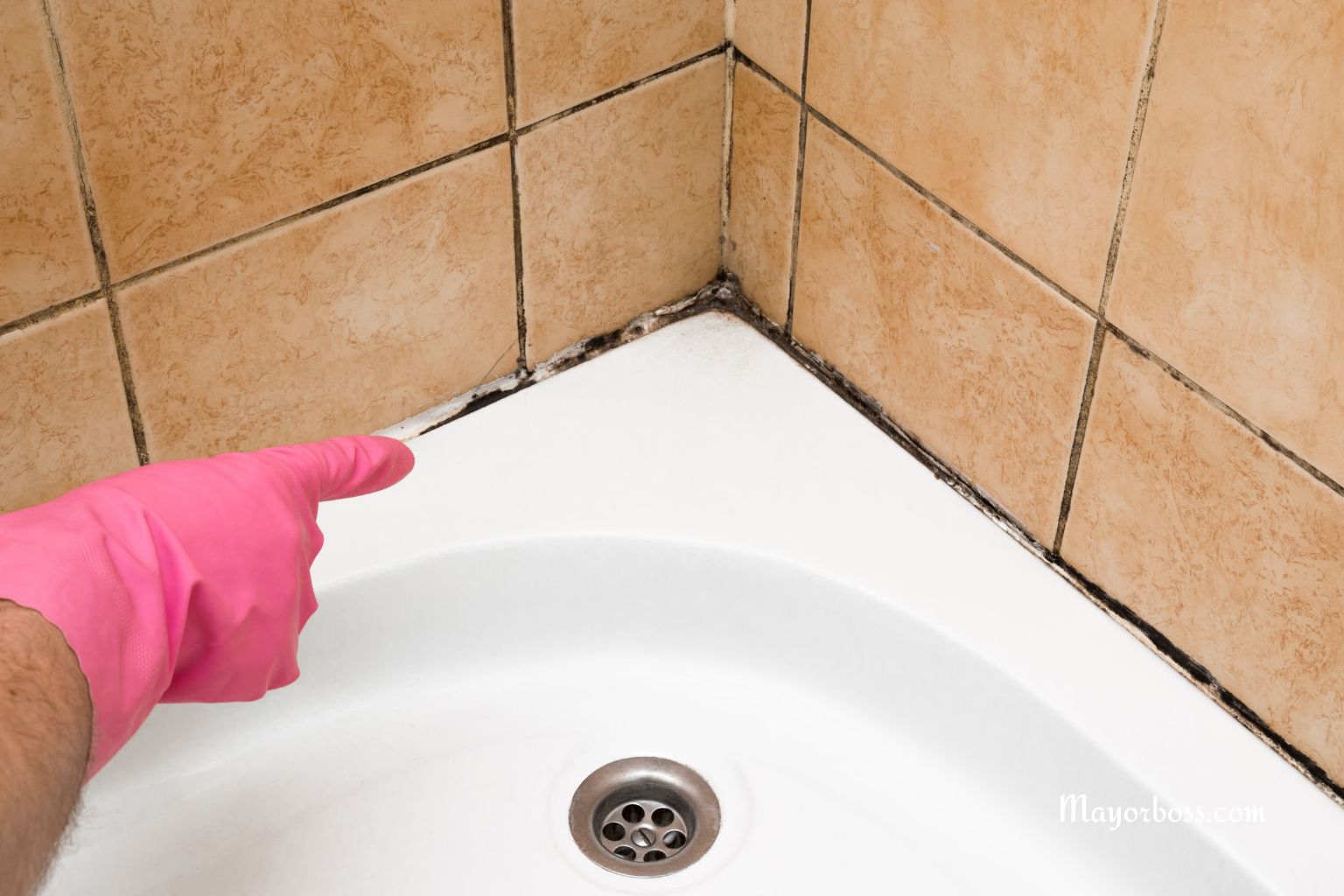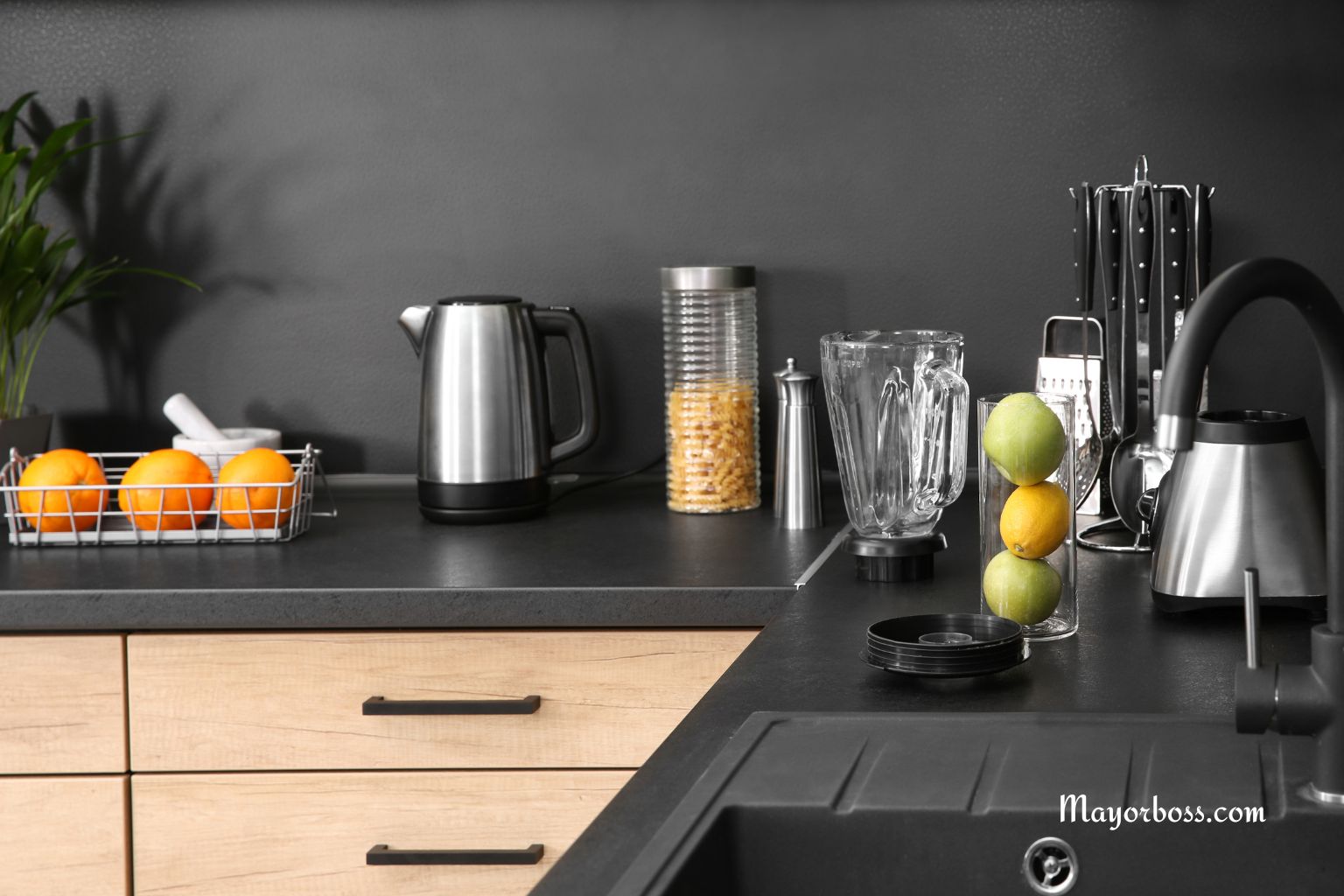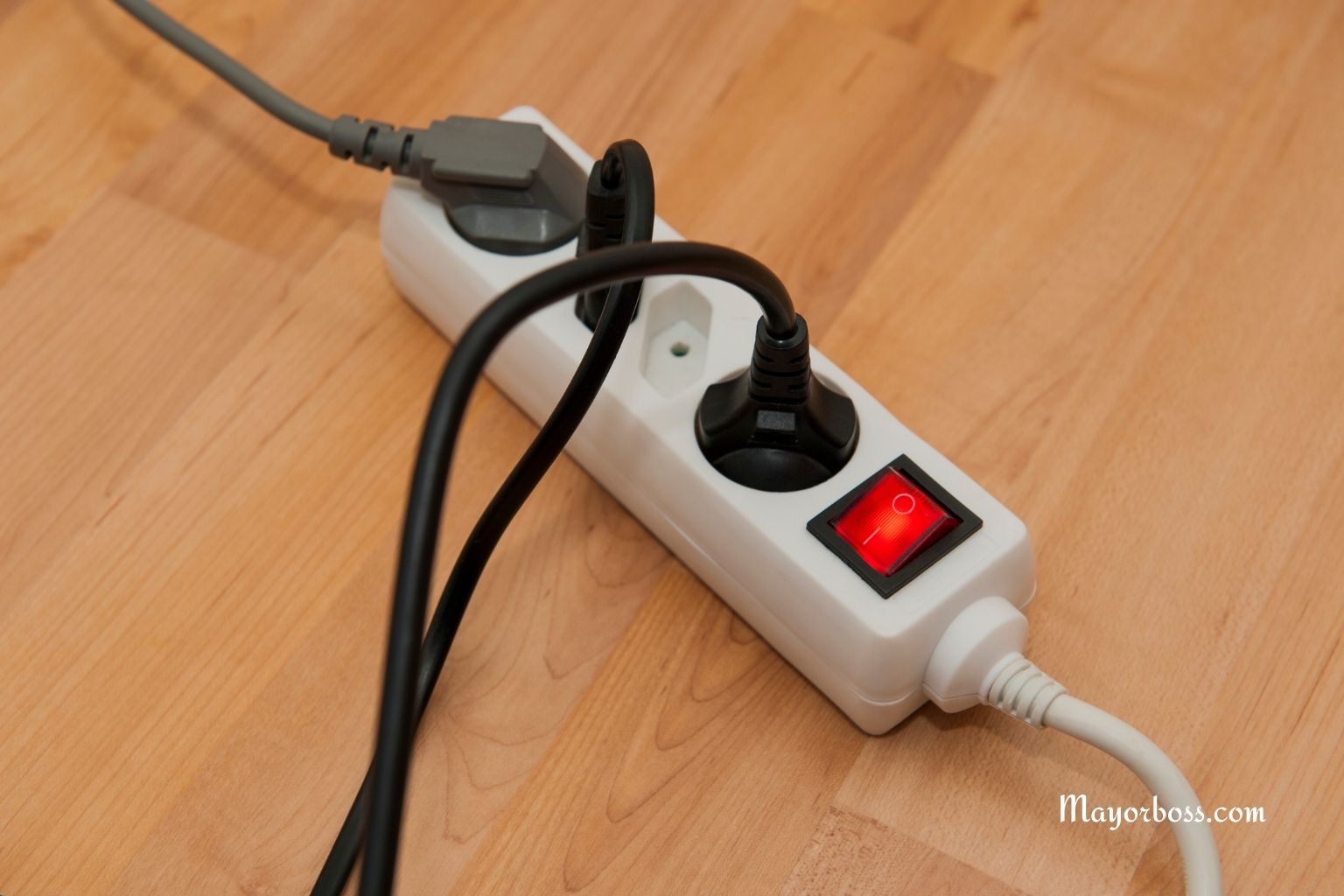How To Get Rid of and Prevent Mold in the Shower
To get rid of mold in your shower, scrub all visible mold with a solution of white vinegar or hydrogen peroxide, rinse well, and dry the surfaces. Prevent mold by keeping the shower dry, ventilating the bathroom after use, and cleaning regularly with mold-fighting products.

Why Mold Grows in the Shower
Shower mold is a common problem. Mold thrives in damp, warm, and poorly ventilated spaces—exactly what a bathroom provides. Soap scum, body oils, and the moisture from hot showers create an ideal environment for mold spores to settle and grow. Left unchecked, mold can spread quickly, causing unsightly stains, unpleasant smells, and even respiratory problems for sensitive individuals.
What Mold in the Shower Looks Like
Mold usually appears as black, green, or even pink spots on grout lines, tiles, caulking, and around drains. Sometimes, you might notice a musty odor even before you see visible patches. Mold may start small, but it can rapidly cover large areas if not treated.
Why You Should Act Quickly
Ignoring mold in your shower can lead to several problems:
- Mold may damage grout and caulking, requiring costly repairs.
- It can trigger allergies, asthma, and respiratory issues, especially in children or people with compromised immune systems.
- Mold can spread to other areas of your bathroom or even your home if left untreated.
Prompt action not only protects your health but also helps maintain the appearance and structure of your bathroom.
How To Remove Mold From Your Shower
1. Gather Your Supplies
- White vinegar or 3% hydrogen peroxide
- Baking soda (optional, for scrubbing)
- Spray bottle
- Scrub brush or an old toothbrush
- Gloves
- Microfiber cloth or sponge
2. Apply a Mold-Fighting Solution
Vinegar Method:
Fill a spray bottle with undiluted white vinegar. Spray directly onto all moldy areas—tiles, grout, caulking, and around drains. Let it sit for at least one hour. Vinegar is mildly acidic and kills most types of mold.
Hydrogen Peroxide Method:
Alternatively, use a 3% hydrogen peroxide solution. Spray it directly onto moldy surfaces and let it sit for 10–15 minutes. Hydrogen peroxide is also effective at killing mold and whitening stains.
3. Scrub the Affected Areas
Use a scrub brush or old toothbrush to work the solution into the grout and around caulking. For stubborn stains, sprinkle a little baking soda on the brush for added scrubbing power.
4. Rinse and Dry
Thoroughly rinse the area with warm water to remove any residue. Wipe down the surfaces with a dry cloth or towel. Make sure everything is completely dry to prevent mold from returning.
5. Address Caulking or Grout Problems
If mold persists in caulking or grout, it may be deeply embedded. In severe cases, you might need to remove and replace old caulking or grout.
How To Prevent Mold From Coming Back
1. Keep the Shower Dry
Mold needs moisture to grow. After each shower, use a squeegee or towel to remove excess water from walls and doors. Leaving the shower as dry as possible discourages mold growth.
2. Improve Ventilation
Turn on the bathroom exhaust fan during and after showers, or open a window if possible. Good air circulation helps dry the bathroom quickly.
3. Clean Regularly
Wipe down shower surfaces at least once a week with a mold-fighting cleaner, vinegar, or a mild bleach solution. Regular cleaning prevents mold spores from gaining a foothold.
4. Use Mold-Resistant Products
Consider applying a grout sealer to protect grout from absorbing water. You can also find mold-resistant caulk and paints specifically designed for damp environments.
5. Fix Leaks Promptly
Check for leaks around the showerhead, faucets, and pipes. Any continuous source of water can fuel mold growth. Repair leaks as soon as possible.
6. Remove Items That Trap Water
Bath mats, loofahs, and sponges can harbor mold if left damp. Hang these items to dry or store them outside the shower when not in use.
When To Call a Professional
If mold keeps returning despite your best efforts, or if you notice mold spreading beyond the shower (for example, on bathroom walls or ceilings), consider calling a professional mold remediation service. Persistent mold may signal a hidden water problem or inadequate ventilation.
Takeaways
- Mold thrives in damp, poorly ventilated showers.
- Clean visible mold with vinegar or hydrogen peroxide.
- Keep your shower dry and ventilated to prevent mold from returning.
- Replace moldy grout or caulking if needed.
- Seek professional help if mold keeps coming back.
Frequently Asked Questions
1. Is shower mold dangerous?
Most bathroom mold is not deadly, but it can worsen allergies and asthma, especially in sensitive people. Prompt removal is always recommended.
2. Can I use bleach to remove shower mold?
Bleach can kill mold on non-porous surfaces like tile, but it may not reach mold embedded in grout. Vinegar or hydrogen peroxide is often safer and more effective.
3. How often should I clean my shower to prevent mold?
Weekly cleaning and drying after each use are usually enough to keep mold away.
4. Will a dehumidifier help in the bathroom?
Yes, a small dehumidifier can help control humidity, especially in bathrooms without good ventilation.
5. What if mold is growing behind the tiles?
If you suspect mold behind tiles or walls, or if there is a strong musty smell that won’t go away, call a professional. Mold behind surfaces may require removal and repair.






